Myths and Nothing But Myths
November 25, 2020
There are a myriad of myths that dominate the way homophobic people think. One of the advisors of our very own Eagle’s Eye and an LGBTQ+ supporter, Mrs. Diane Frey draws attention to the psychological side of the situation.
“As humans,” she said, thoughtfully looking above herself, “we tend to put ideas into categories.” She mentioned that confirmation bias (the tendency to perceive new ideas or evidence as the truth or confirmation of certain beliefs) plays an enormous and dangerous role in stereotypes prevalent in today’s society, especially with the proliferation of social media platforms.
The reality might be that some people are unsure of the truth and the lie, so I have decided to take this opportunity to fact-check this information.
Homosexuality Is a Choice
Homosexuality is definitely not a choice; a person does not wake up one day and decide to be different than they were before. Vancouver Island University effectively sums up this message: “The choice seems to be whether to live a full and well-balanced life with a same-sex partner, or to suppress their feelings.” The researchers mean that the only choice for members of the LGBTQ+ community appears to be to either bottle up their emotions and refuse to come out, or come out happily, ignoring hurtful comments. Similar to straight people, homosexuality and/or gender orientation is always inside of an LGBTQ+ member and is not a phase that will “go away” with time.
There Are Certain Mannerisms Or Clothing That Define A Homosexual Person
Social media platforms and many members of the LGBTQ+ community have inadvertently spread the idea that specific sexual or gender orientations identify with specific mannerisms, clothing, and even physical appearance. Though this sense of stereotypical judgment had been fueled by some homosexuals, this concept is not a strict rule. Although the feeling of fitting in and being a part of a group by changing who you are is condemned by our individualistic society, those desires only define a stereotype. When I was chatting with one the other day, my gay friend expressed her opinion on clothing stereotypes and pointed out that homosexuals are more intent on getting out the fact that they are gay rather focusing on their style of clothing. Some LGBTQ+ people might feel the need to wear certain clothes or act in a certain way to get the idea across that they are a valid homosexual. However, in an accepting place like Edison High, a large majority of the LGBTQ+ community does not dress in stereotypical gay clothing, act in stereotypical ways, or look like the stereotypes set by the norms of today’s society because they do not feel the need to do so.
LGBTQ+ Members And/Or Supporters Are Harmful Role Models/Teachers/Influences For Children
This myth is not at all true for LGBTQ+ members and supporters. Just as former president of the American Psychiatric Association, Dr. John P. Spiegel, asserted, “Some have feared that homosexual teachers might affect the sexual orientation of their students. There is no evidence to support this thesis.” As mentioned before, “one does not learn to be LGBT, one is LGBT” (Vancouver Island University). Reliable and positive role models are vital for youth, and LGBTQ+ members and/or supporters can definitely fill in those shoes for the younger generation. Learning about the LGBTQ+ society could aid a student in becoming a more accepting, respectful adult.
As a matter of fact, teachers, regardless of their sexual orientation, can be positive role models, supporting and encouraging students to be themselves and to advocate for that identity.
“By being an LGBTQ+ supporter, my teacher showcases the diversity she encourages, the awareness she has to current events, and her sincerity to all people. This is a remarkable trait in a person and a teacher who can influence all students in a positive manner,” expressed Aimee Jose ’24.
LGBTQ+ Members Could Be Cured 1
LGBTQ+ members cannot be “cured” because being part of the LGBTQ+ community is not a disease or a phase. Sexual and gender orientation is a normal part of life for straight people, but society tends to find LGBTQ+ members as harder to accept because it is a new and confusing idea to wrap one’s head around. However, despite how perplexing the notion might be, being LGBTQ+ cannot be driven away through religious methods or with therapy. Vancouver Island University summarized the idea wonderfully.
“To change one’s orientation would require altering one’s emotional, affectional and sexual feelings and reconstructing one’s self-concept and self-identity,” they said. This excerpt perfectly explains that the thought of converting a person to be straight is just as absurd as trying to convert a straight person to the LGBTQ+ community.
LGBTQ+ Children and Teens Are Too Young To Know
Many people know their sexuality or gender orientation from an extremely young age, mostly in middle school and as they enter adolescence. Due to this young age and perceived inexperience, many children and teens’ feelings are completely dismissed To be honest, some kids may be “young and naive” but will definitely feel something different than their straight peers, which may confuse or scare them, especially if they are not supported. Therefore, children may not come out for the fear that adults in their life will skip over it and name it a phase during a young age or, even worse, a disease or flaw.
Ultimately, not all stereotypes are completely wrong but certain stereotypes could be truly dangerous to more sensitive LGBTQ+ people. Despite the fact that this way of explaining the dangers might seem dark, educating oneself is a huge step towards creating a community accepting of everyone no matter what kind of identity they choose.











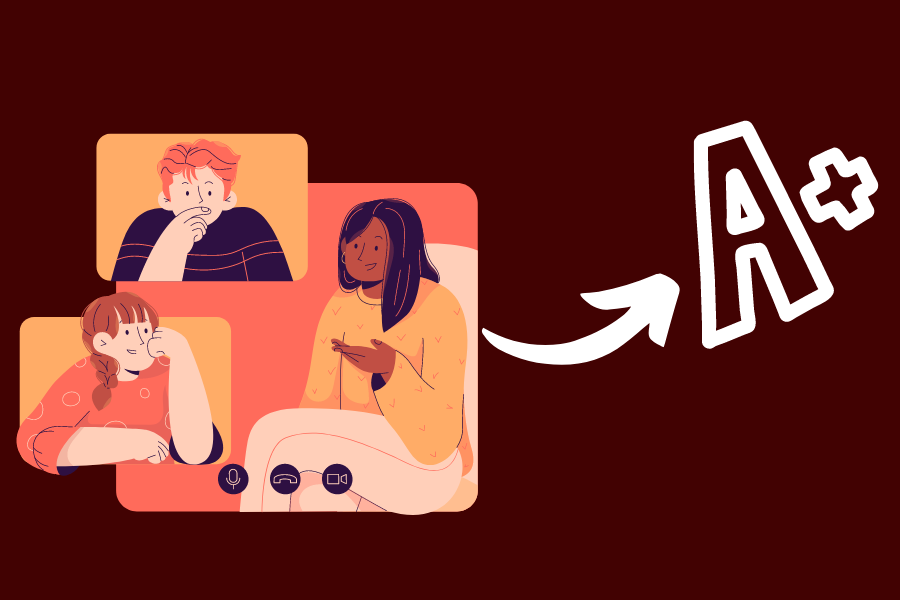
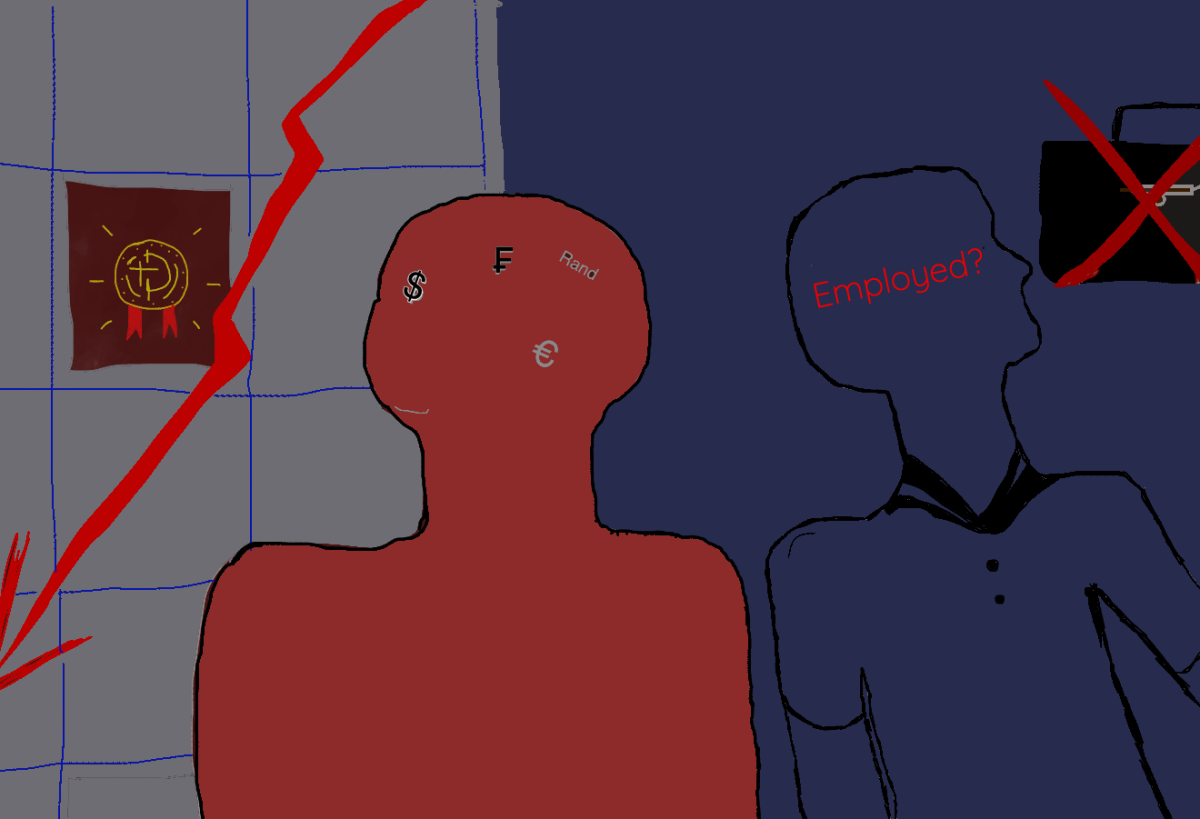

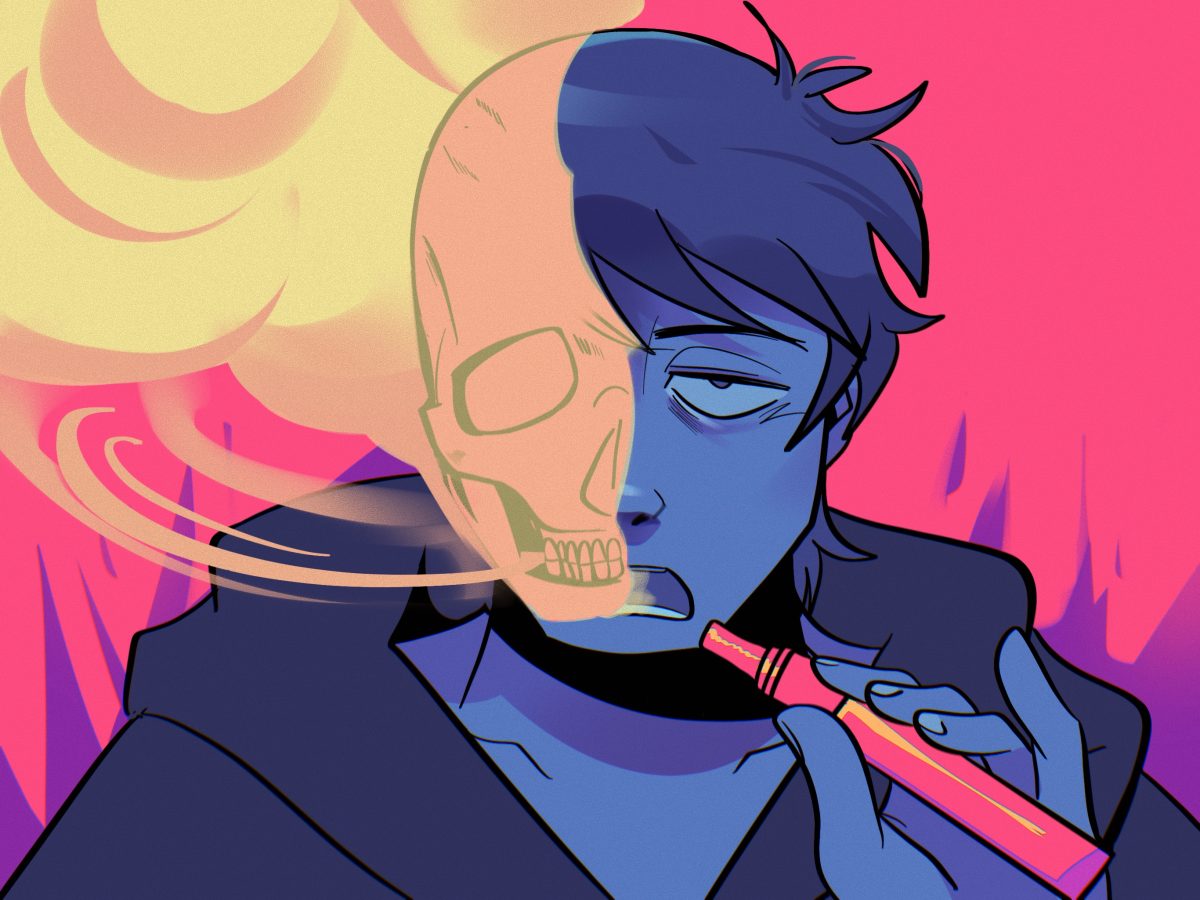





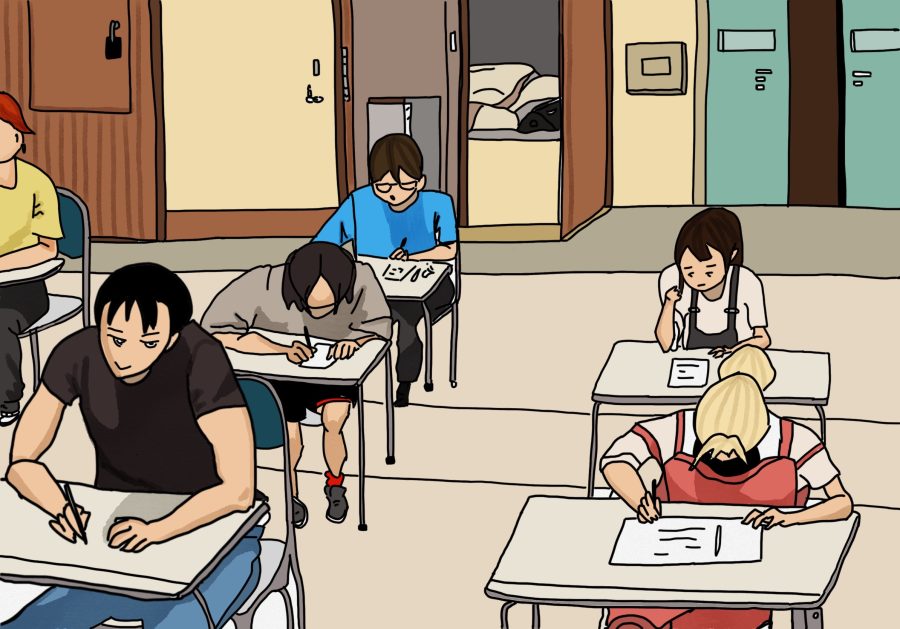
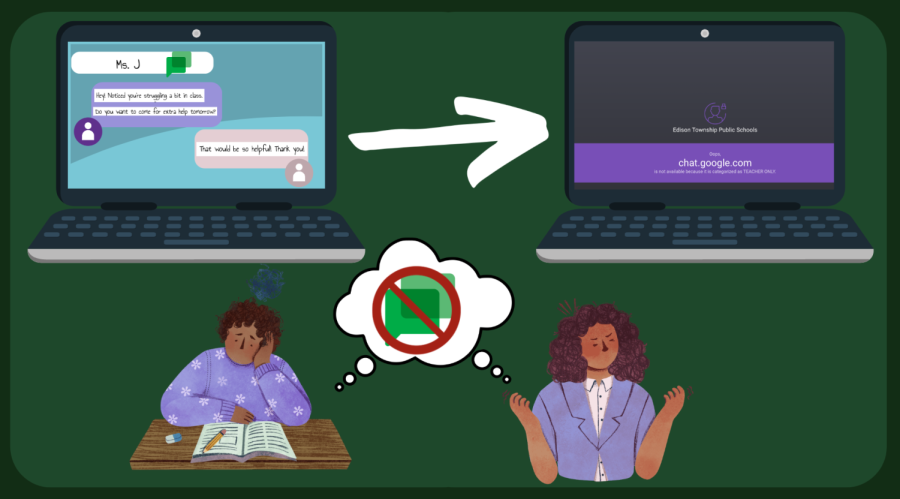


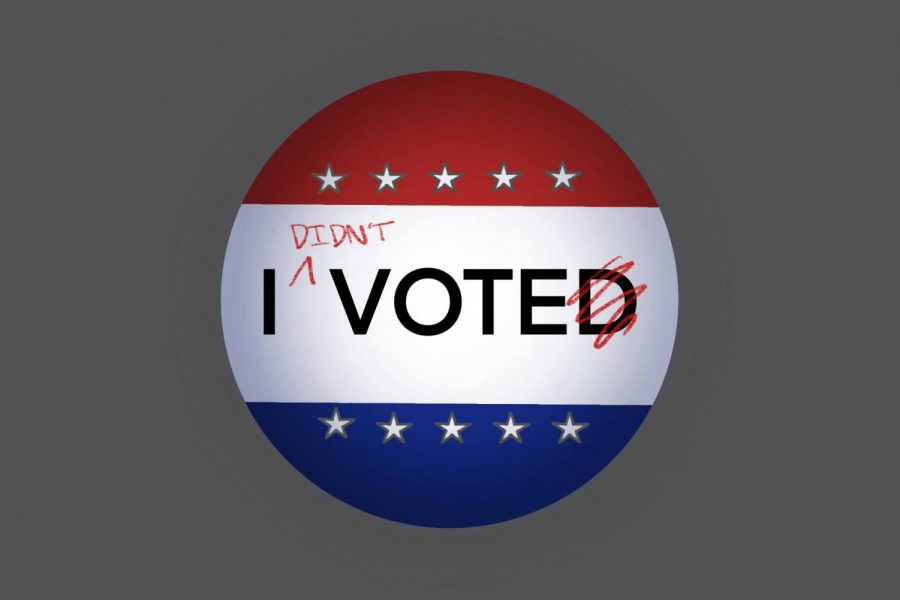





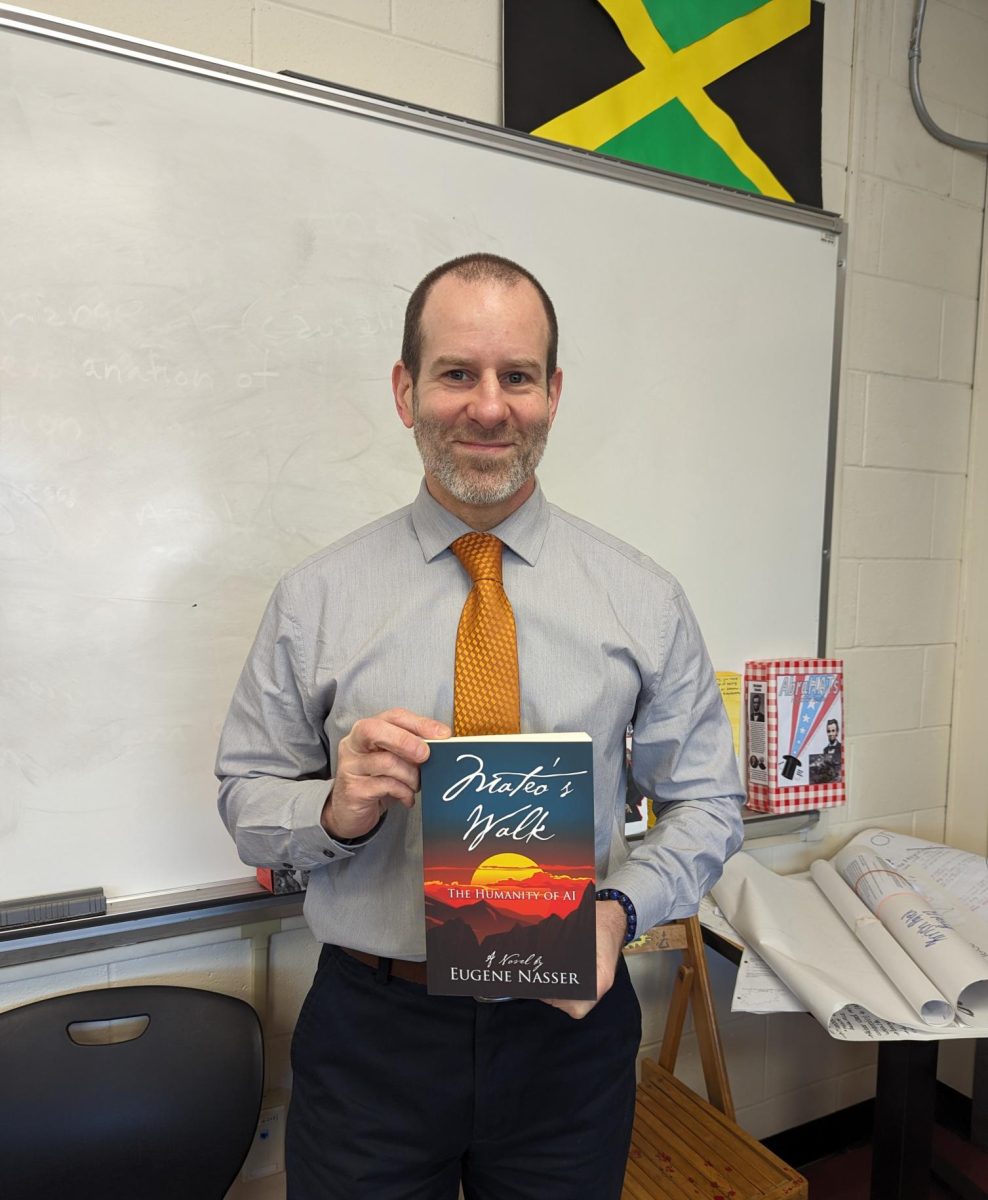


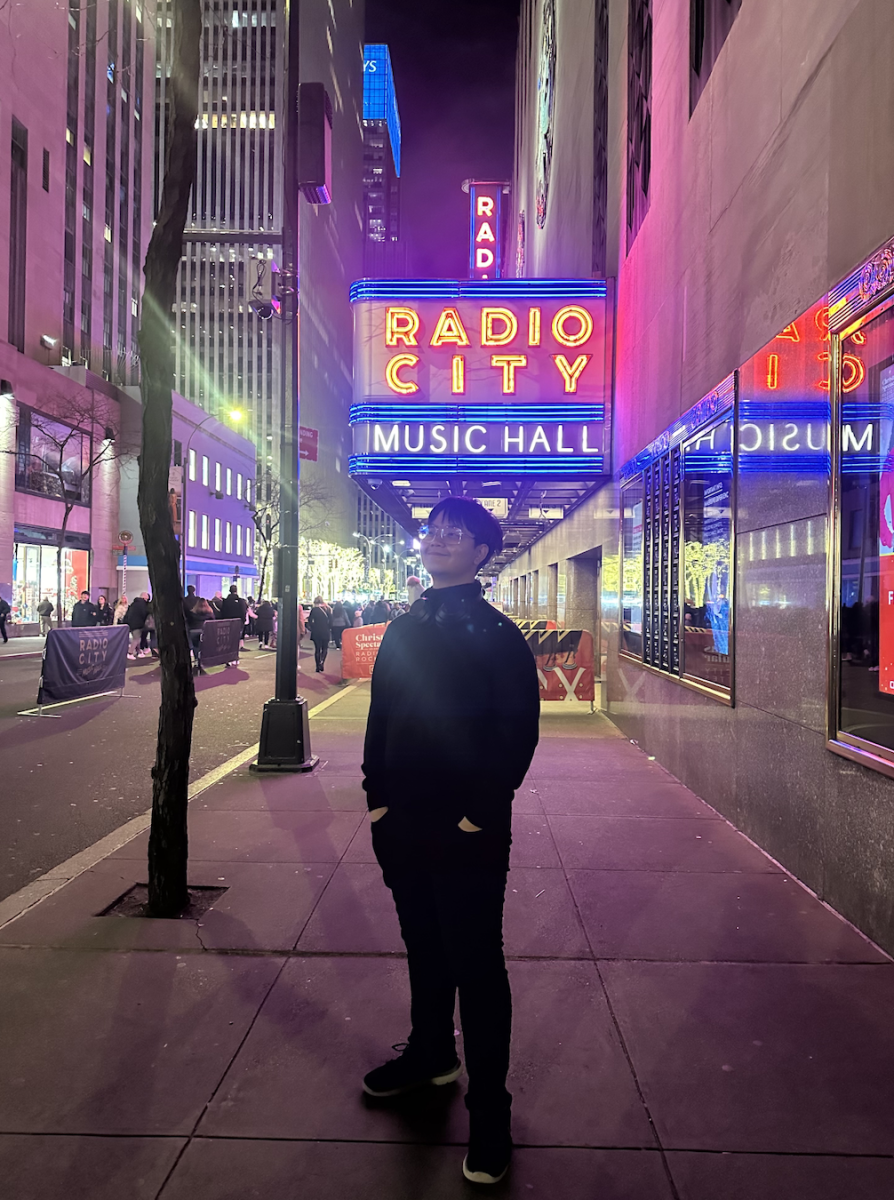







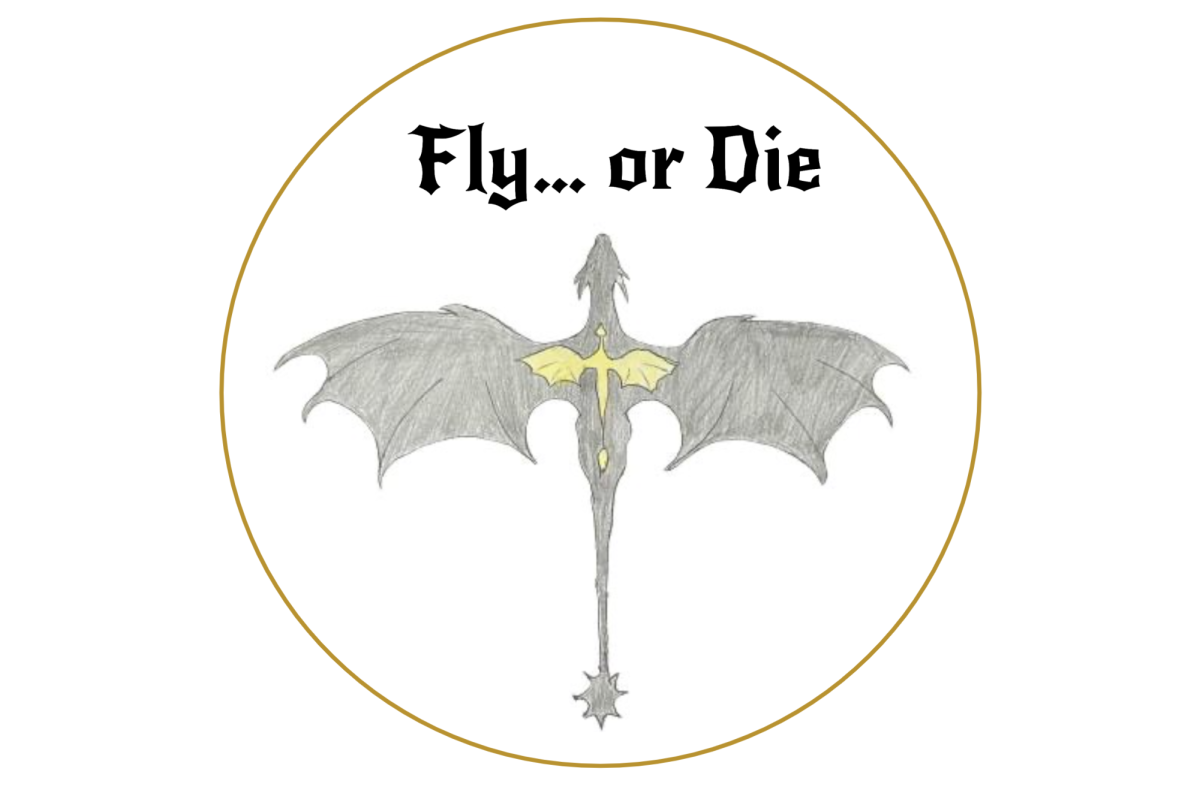
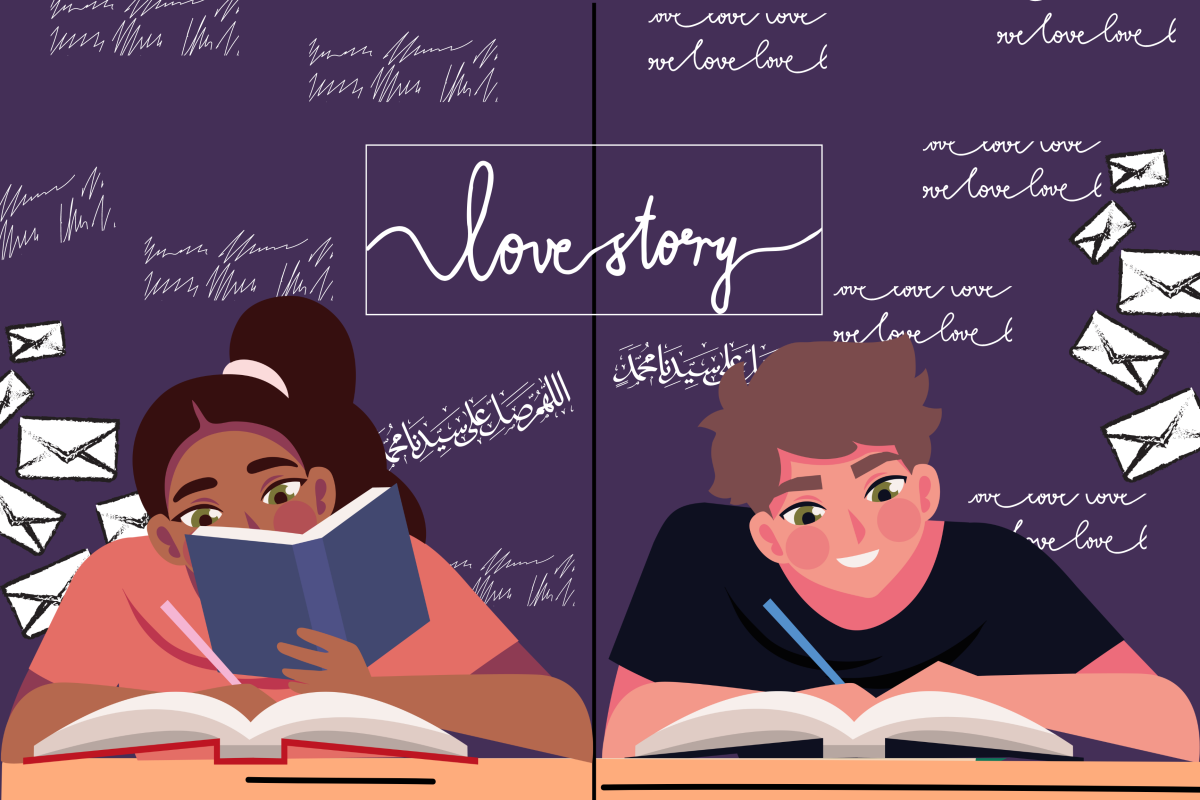

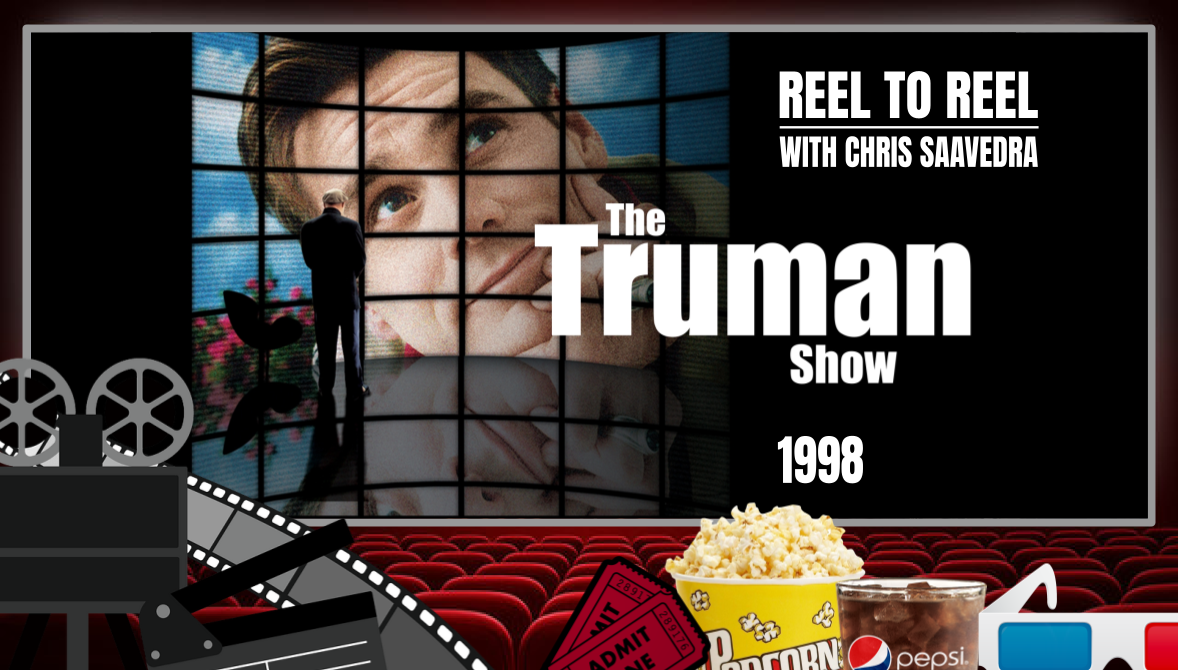






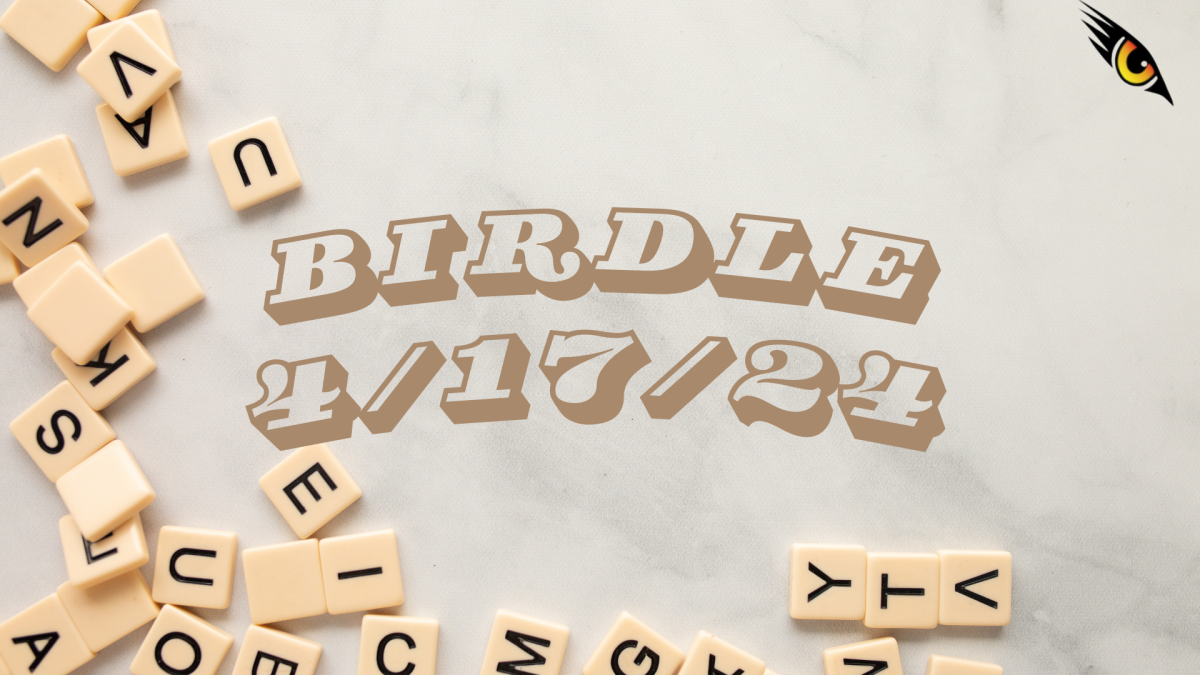

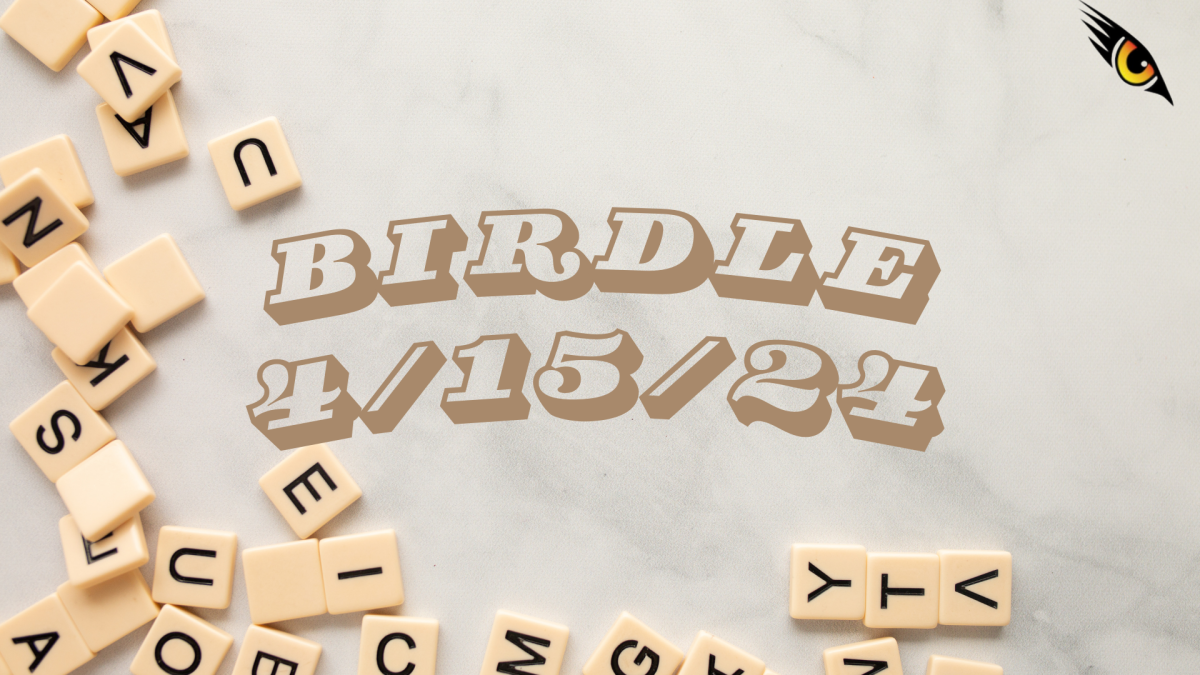
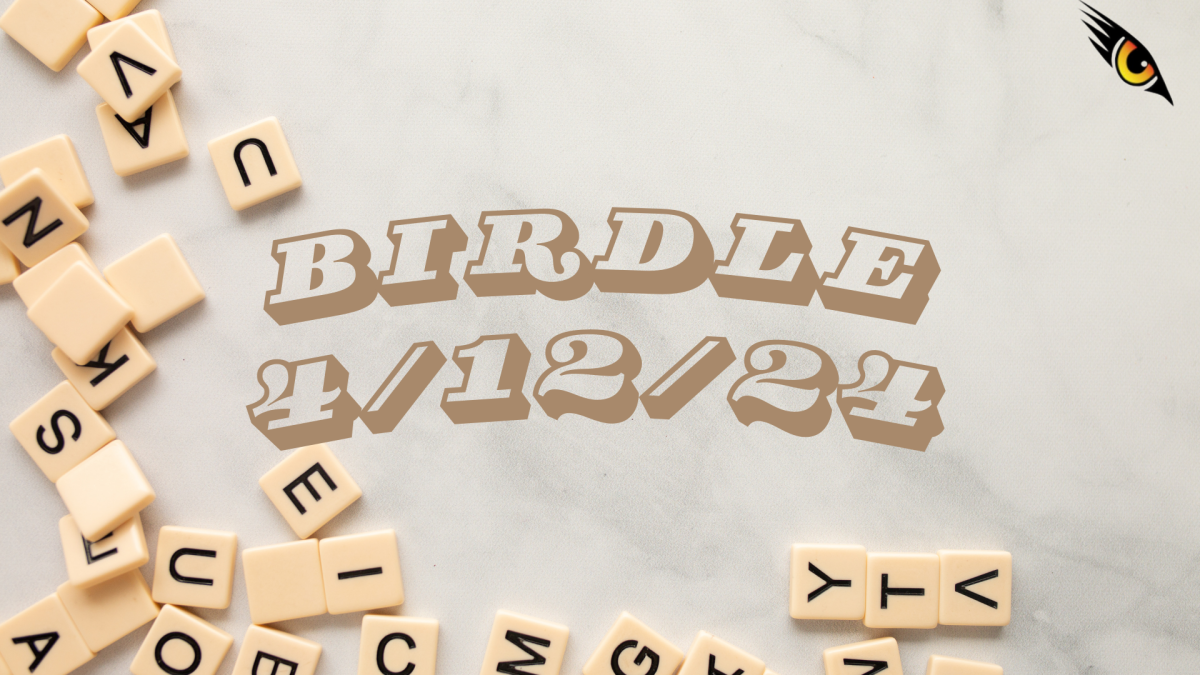

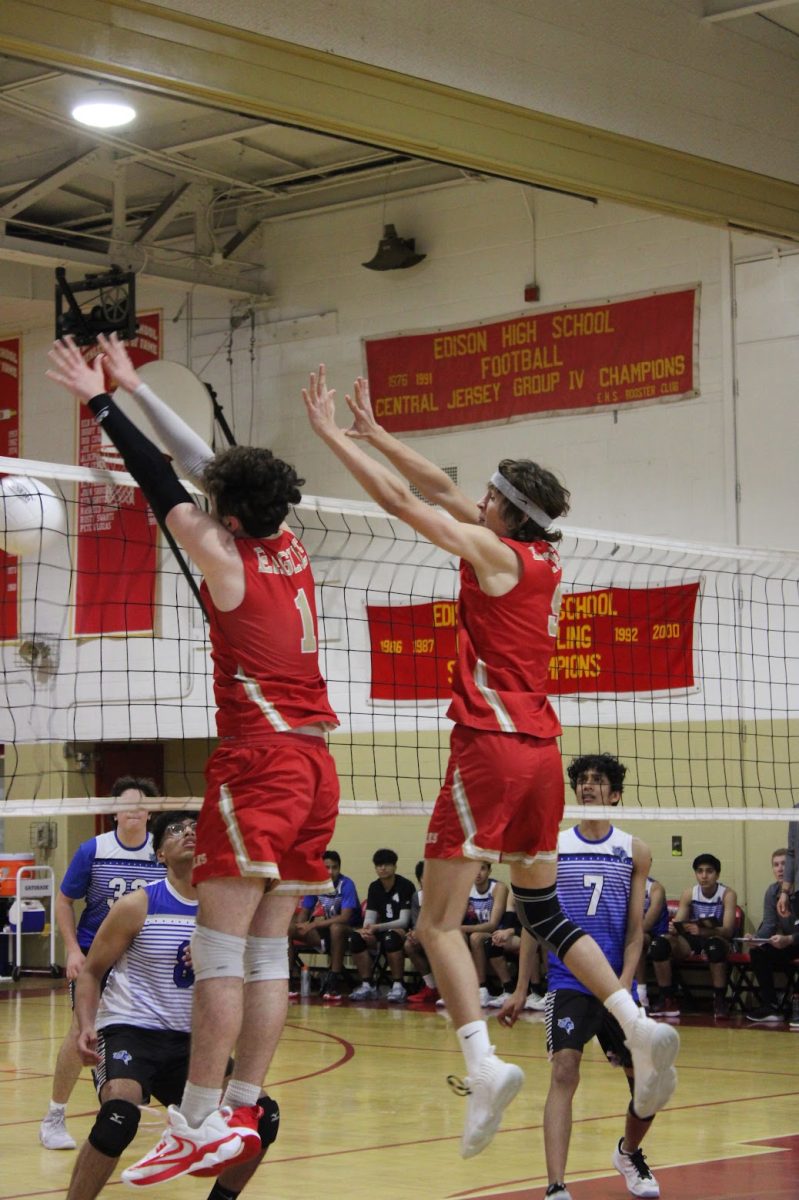


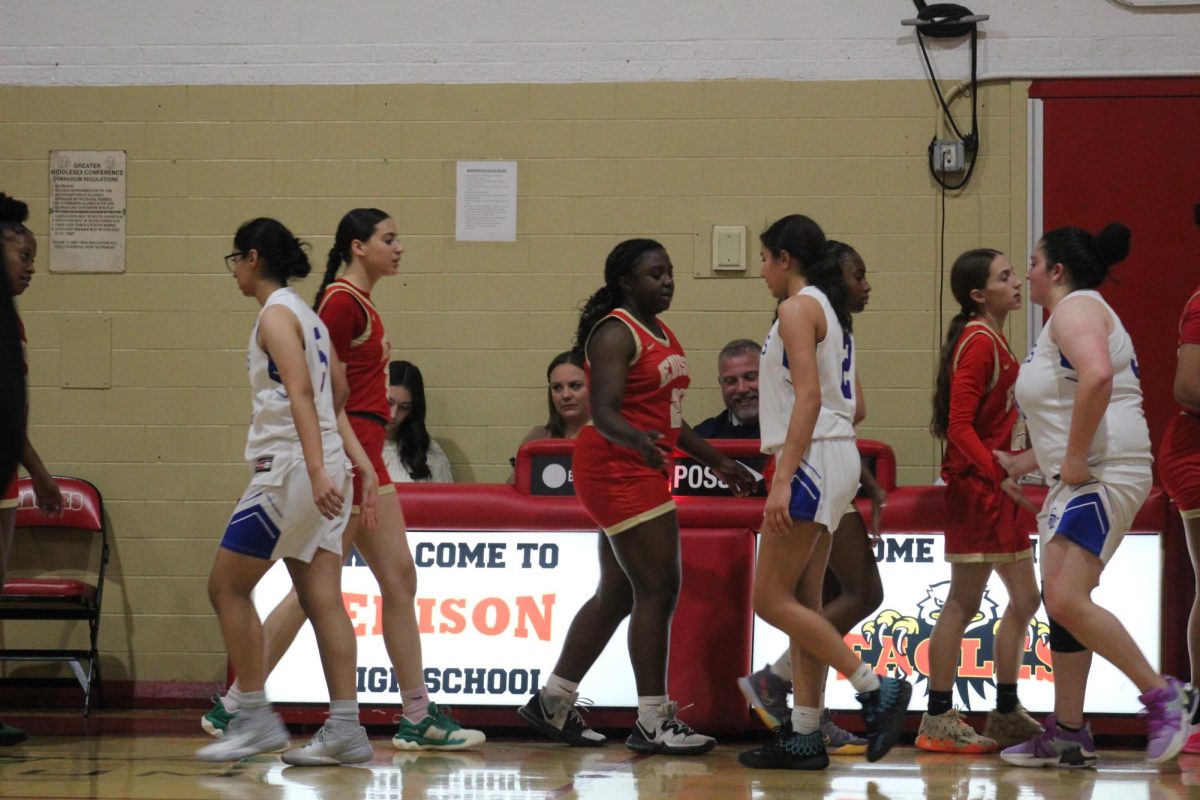







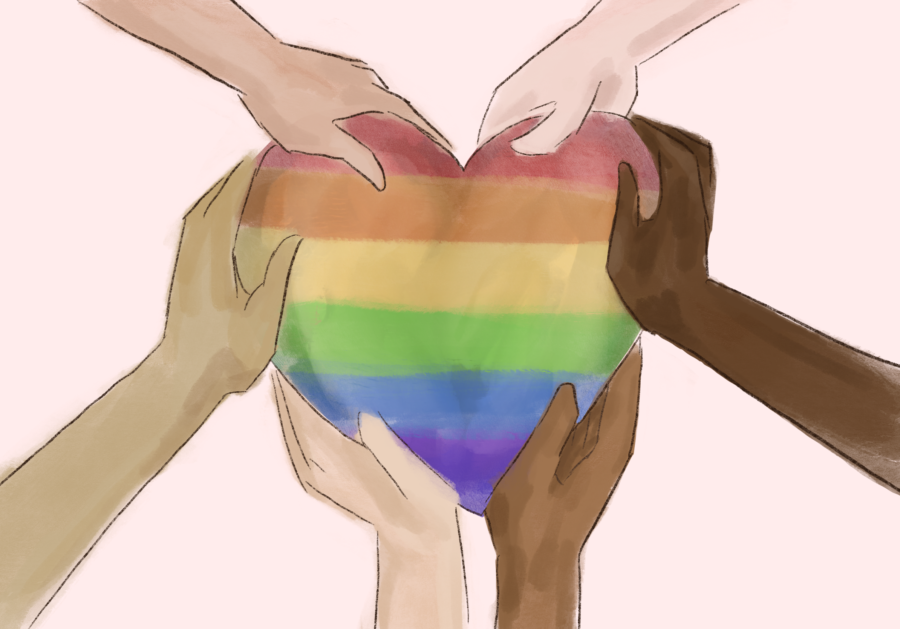










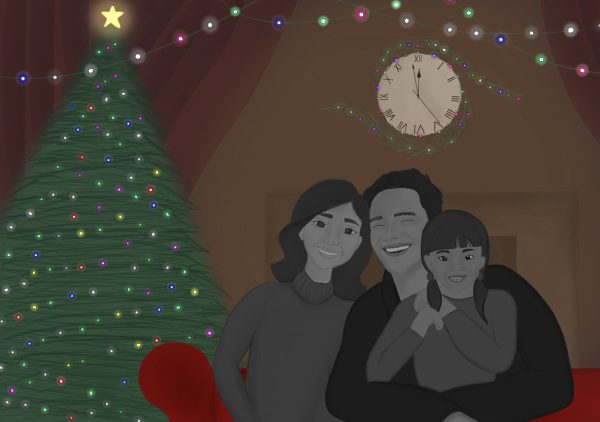

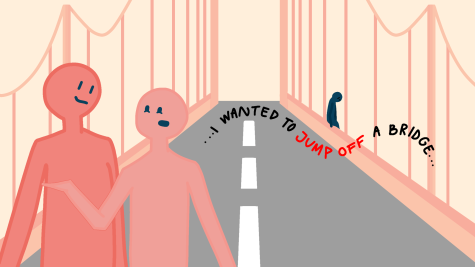
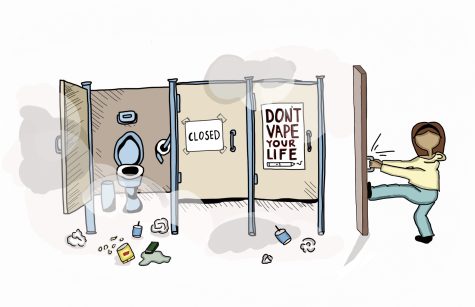
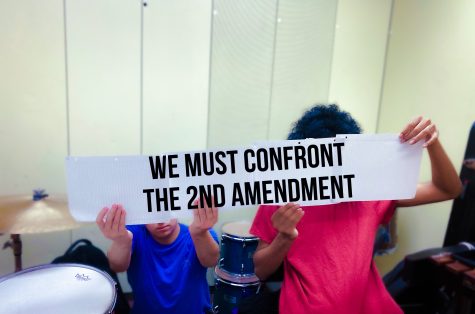

Patricia Jaworski • Nov 25, 2020 at 11:26 am
Thank you for doing this article! Just one question…what is “gay clothing” asking for a friend.